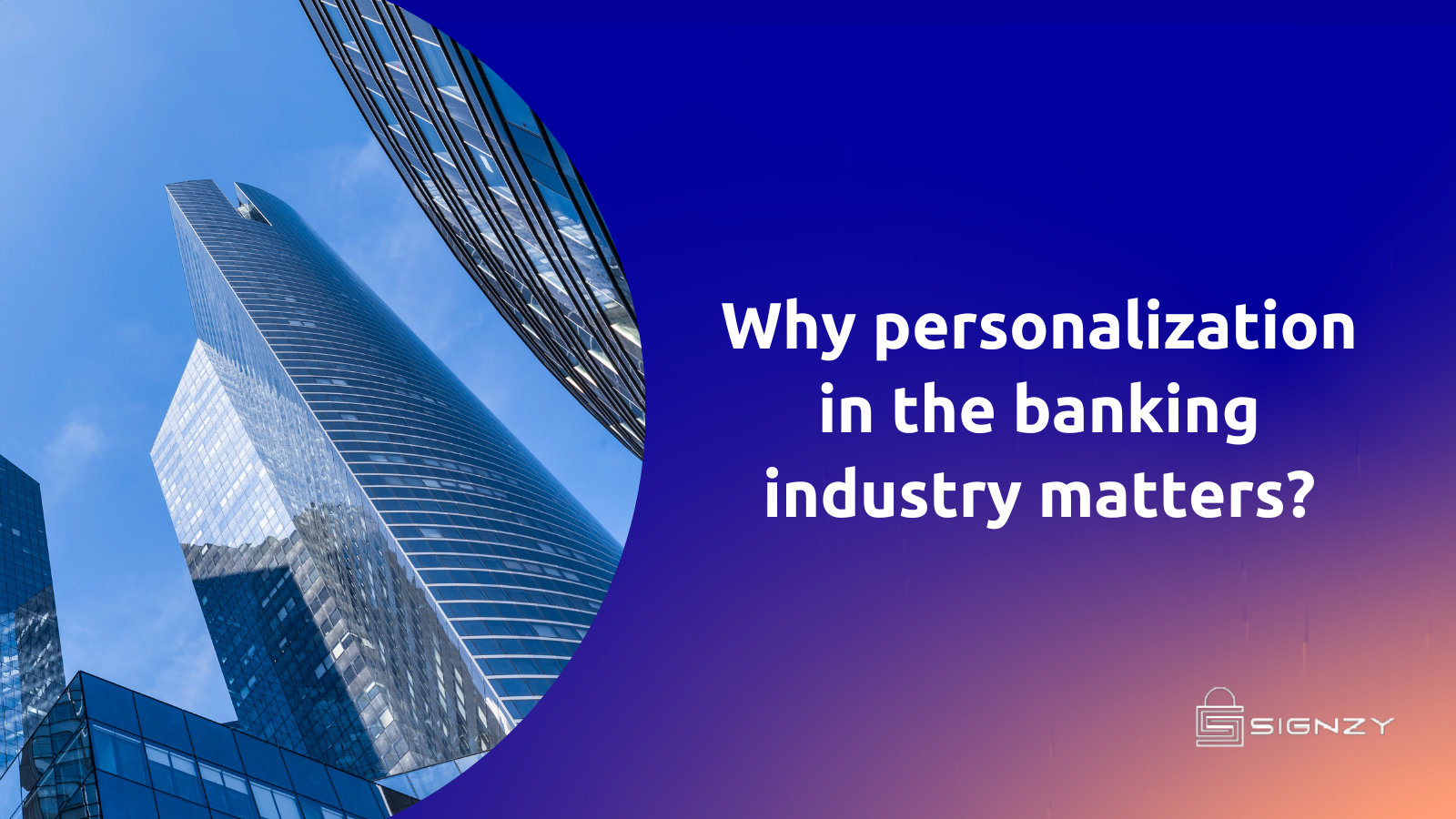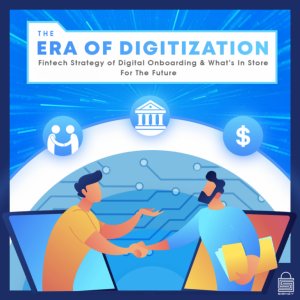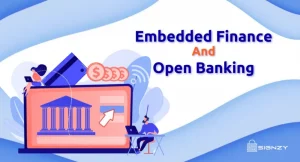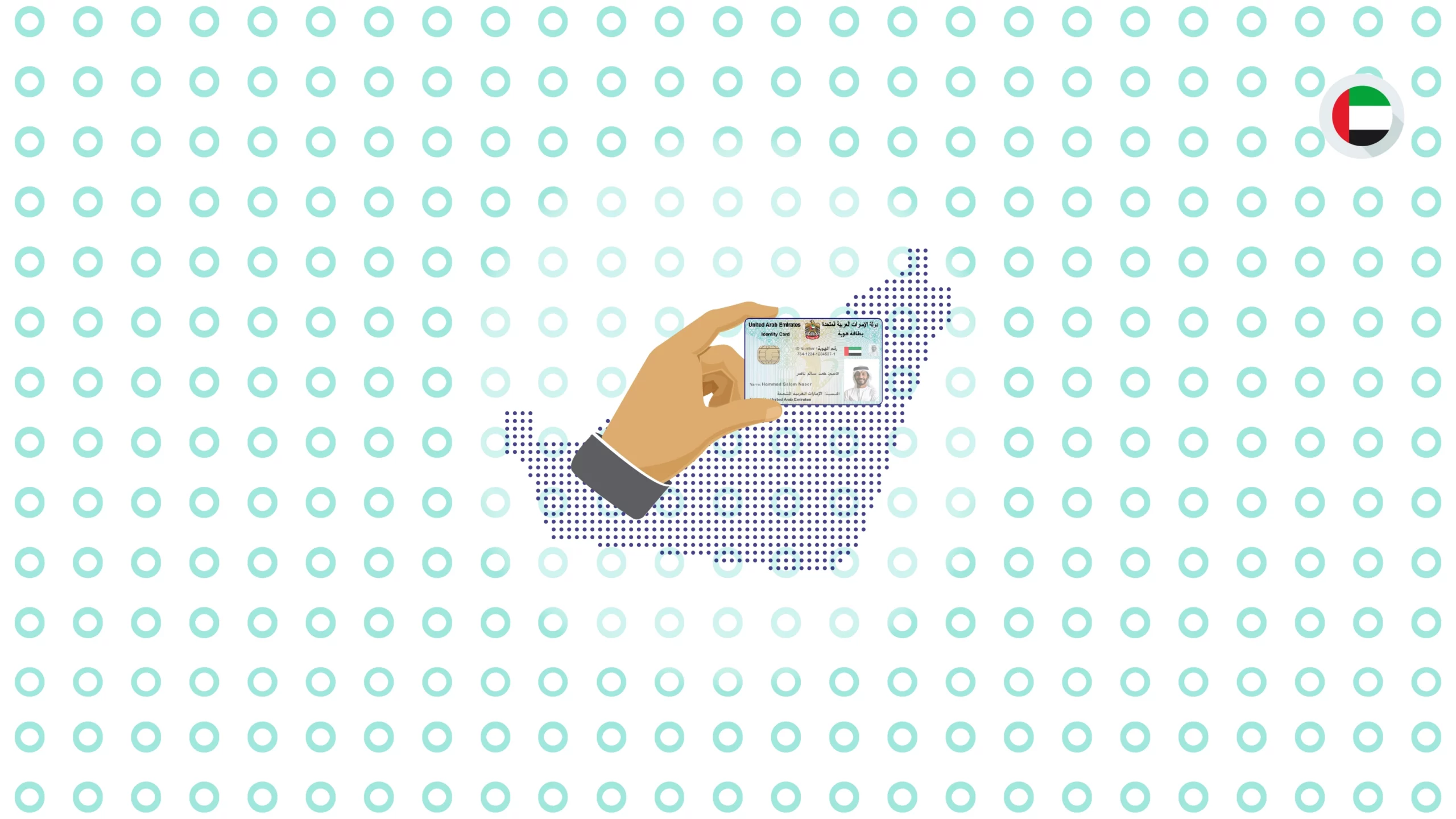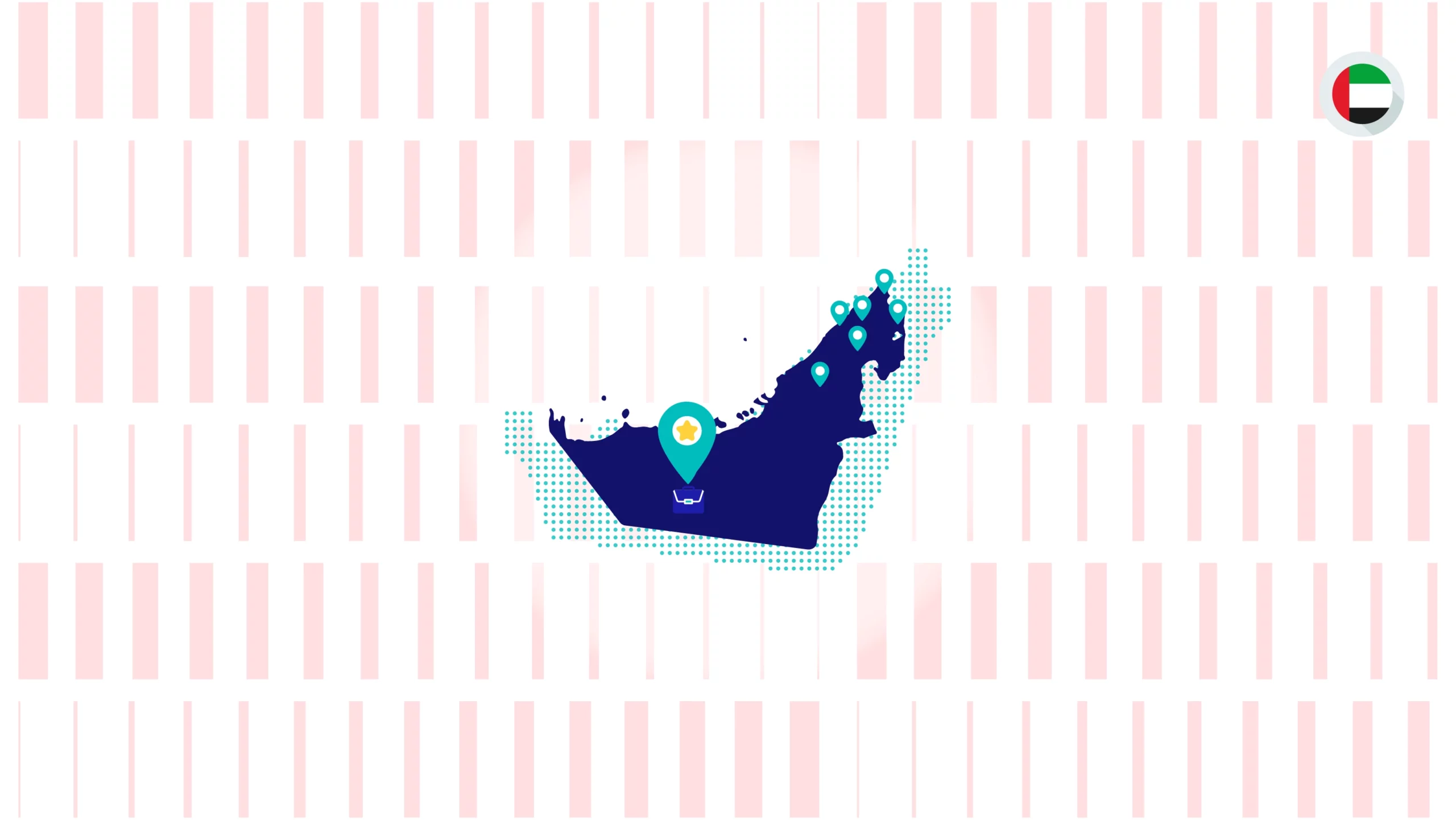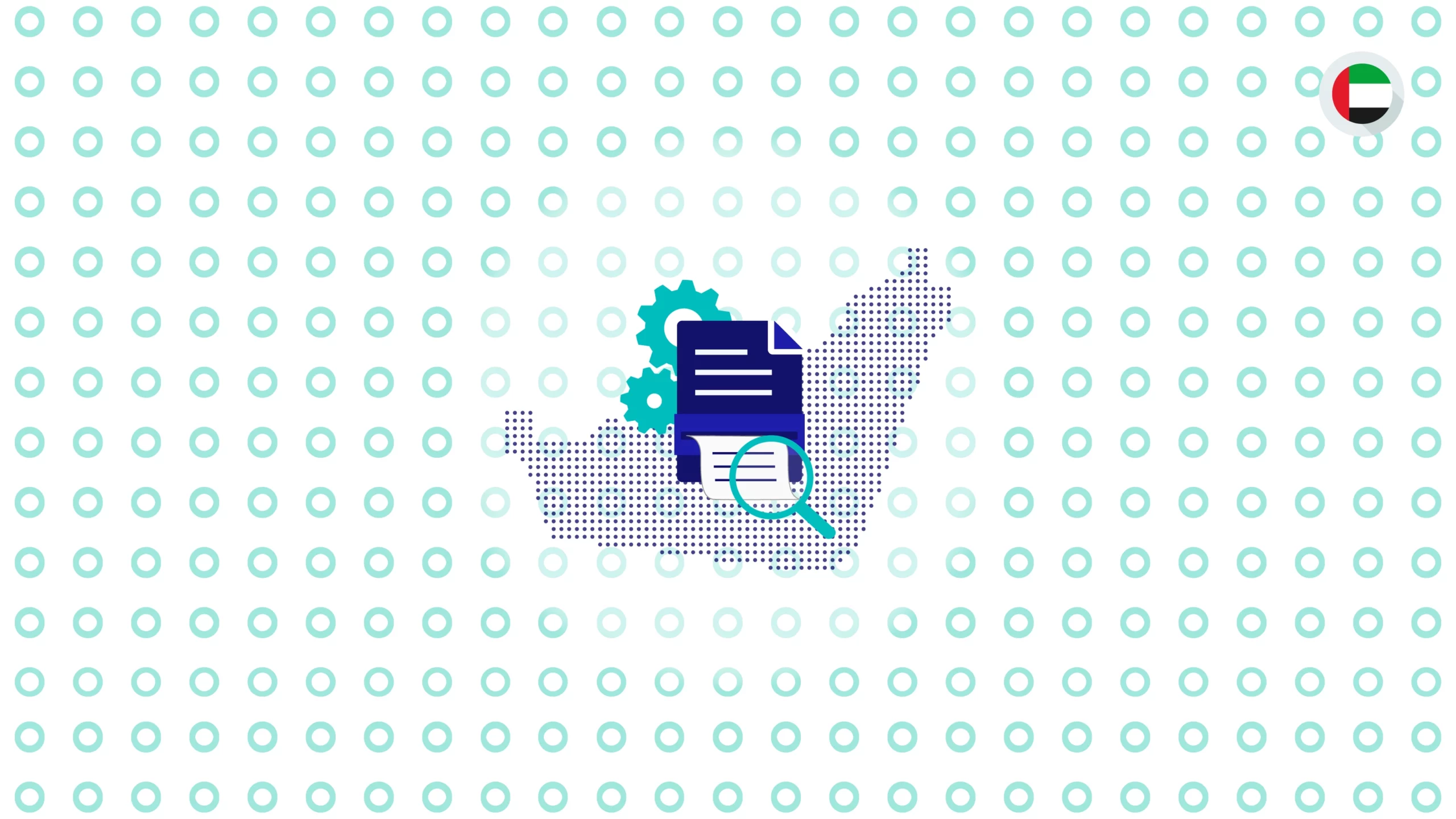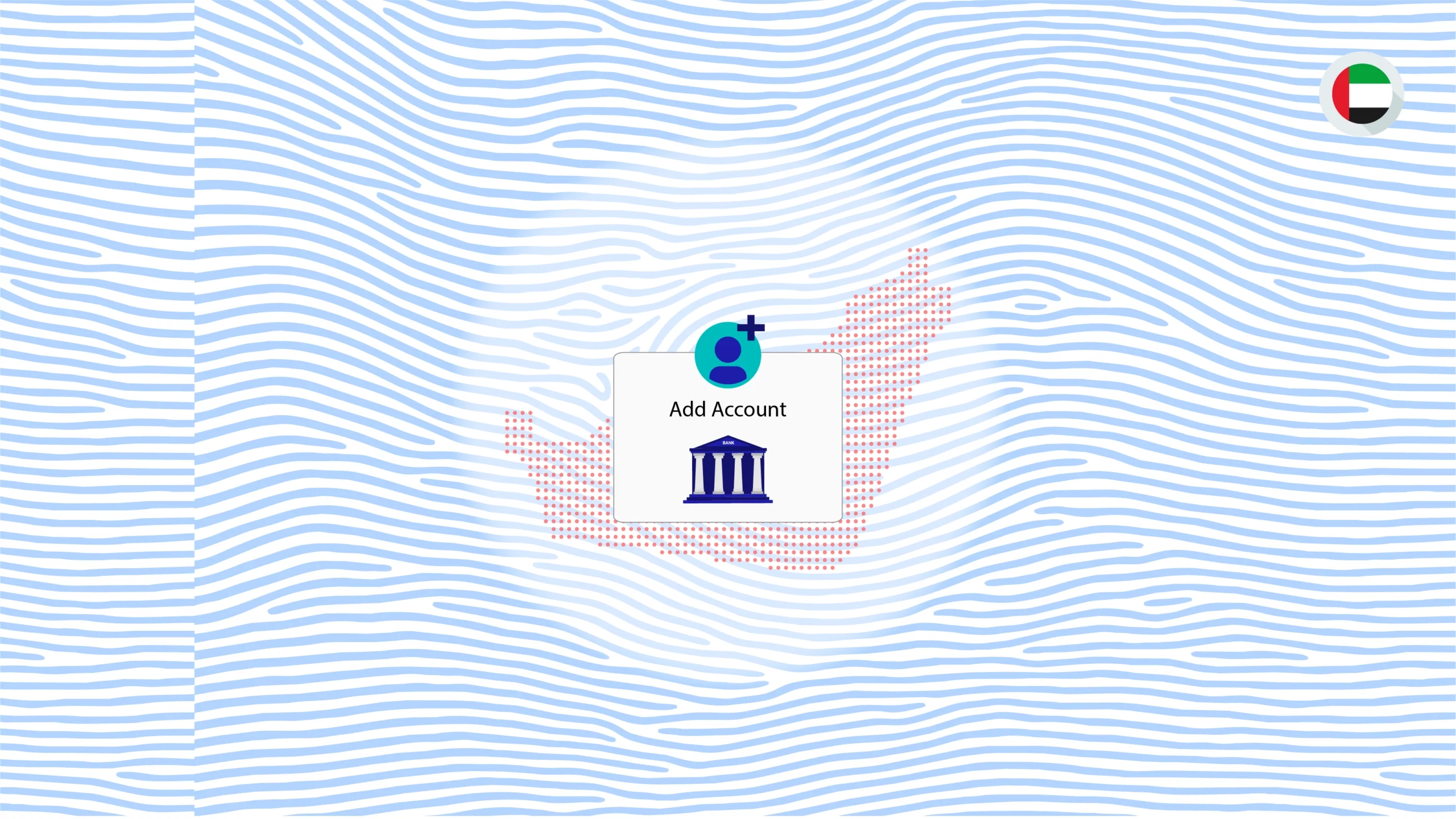In today’s fast-paced digital world, customers expect more from their banking experiences than ever before. Gone are the days of cookie-cutter services and impersonal interactions. Instead, customers want personalized experiences that meet their unique needs and preferences. As such, personalization has become a buzzword in the banking industry – and for good reason. From increased customer satisfaction to improved loyalty, there are many benefits to offering tailored services. In this blog post, we’ll explore why personalizing banking experiences is the way to go and how banks can take advantage of this trend to improve their bottom line while delivering superior service to their customers.
Why personalization in the banking industry matters
Customers today have access to an abundance of banking options. With a few taps on their smartphones, they can compare rates, apply for loans, and even open new accounts. To stand out in this crowded market, banks need to offer personalized experiences that cater to each customer’s unique needs and preferences.
In the past, banks focused on providing standardized services that were easy to replicate across all customers. However, this approach no longer works as consumers demand more tailored solutions. Personalization allows banks to differentiate themselves from competitors by offering unique value propositions that appeal directly to individual customer segments.
Moreover, personalization is key to building trust with customers. By showing them that you understand their financial goals and aspirations, you can establish long-lasting relationships built on mutual understanding and trust.
Ultimately, personalization helps banks deliver better service while improving customer satisfaction levels – something every bank should strive for in today’s competitive landscape.
How personalization can benefit both banks and customers
Personalization in banking services is becoming a popular trend and it’s not just beneficial for customers but banks too. Banks can use personalization to provide targeted offers and messages, enabling them to increase customer engagement, retention rates, and revenue. By offering personalized experiences, they can also gain insights into customer behavior, preferences, and needs which they can utilize to improve their services.
Customers receive the benefits of improved user experience as well as better products that match their individual financial goals. A highly personalized banking app enables users to easily access information that is relevant to them while providing tailored advice on how best to manage their finances based on previous transactions or spending patterns.
The level of personalization offered by digital onboarding also reduces the time spent filling out paperwork at branches providing more convenience for customers. With all these benefits, it’s no surprise that personalizing banking experiences has become a top priority for many banks looking to stand out from competitors in today’s market.
Incorporating elements of personalization into banking services provide great value both ways- giving banks an edge over competitors whilst giving customers greater satisfaction with their financial provider.
The challenges of personalizing banking experiences
Personalizing banking experiences can be a difficult task for banks. One of the biggest challenges is gathering enough data about customers to personalize their experience without invading their privacy. Banks need to ensure that they are collecting the right data and using it ethically.
Another challenge is creating a seamless omnichannel experience. Customers expect consistency across all channels, whether it be online or in-person interactions with bank representatives. Banks must ensure their digital platforms work together seamlessly and provide customers with a consistent experience.
Furthermore, there is also the challenge of keeping up with changing customer preferences and behaviors. Personalization strategies that worked today might not work tomorrow as customer needs and expectations change over time.
Implementing personalized banking experiences requires significant investment in technology and resources by banks. This includes building new systems or updating existing software, training employees on how to use them effectively, hiring new staff members who have expertise in this field, etc.
Despite these challenges, personalizing banking experiences is critical for long-term success in today’s highly competitive market where digital onboarding has become increasingly important for attracting customers to use their services through mobile apps or other digital channels.
Ways to personalize banking experiences
Personalizing banking experiences is not just a trend but rather a necessity in today’s digital world. But how can banks achieve this? Here are some ways to personalize the banking experience for customers.
Firstly, banks can use data analytics and AI to gather information about their customers’ behavior patterns and preferences. This will enable them to offer personalized recommendations on products and services that match each customer’s individual needs.
Another effective way of personalizing the banking experience is by providing customized communication channels based on preference. Customers should be allowed to choose their preferred modes of communication such as email, SMS, or chatbot interactions so they receive information via their chosen medium.
Banks can also leverage technology like mobile apps for more personalized experiences. The app could include features such as budget tracking tools, virtual assistants, push notifications, and other value-added services all tailored towards the specific needs of each customer.
Moreover, offering multiple payment options at checkout points is an excellent way to personalize the experience since it allows customers flexibility in choosing how they pay for purchases with different methods suited individually for them.
With increasing numbers of people relying on digital channels due to Covid-19 restrictions; advanced digital onboarding processes have become necessary which allow new account openings without a physical presence in branches through a video KYC verification process.
By adopting these strategies mentioned above, banks can strengthen relationships with their customers while improving user engagement levels and brand loyalty thereby delivering an enhanced customized service leading to greater business success.
Conclusion
To sum up, personalization is the key to unlocking a better banking experience for both customers and banks. By understanding their needs and preferences, banks can create tailored solutions that cater to each customer’s unique situation. This not only improves customer satisfaction but also leads to increased loyalty, engagement, and revenue.
However, some challenges come with personalizing banking experiences such as data privacy concerns and technological limitations. Banks need to find ways around these obstacles so they can provide personalized services without compromising on security or efficiency.
Personalization in the banking industry is no longer just an option but a necessity if banks want to remain competitive in today’s digital age. By leveraging technologies like AI, machine learning, and big data analytics, banks can gain valuable insights into their customers’ behaviors which will help them deliver more meaningful interactions and personalized solutions.
So let us embrace this change towards personalized banking experiences – one where we have access to intuitive user interfaces of cutting-edge mobile apps that incorporate real-time transaction monitoring with seamless digital onboarding processes powered by advanced security systems. It’s high time for us all to say goodbye to outdated hardware-based methods of delivering financial products/services!
About Signzy
Signzy is a market-leading platform redefining the speed, accuracy, and experience of how financial institutions are onboarding customers and businesses – using the digital medium. The company’s award-winning no-code GO platform delivers seamless, end-to-end, and multi-channel onboarding journeys while offering customizable workflows. In addition, it gives these players access to an aggregated marketplace of 240+ bespoke APIs that can be easily added to any workflow with simple widgets.
Signzy is enabling ten million+ end customer and business onboarding every month at a success rate of 99% while reducing the speed to market from 6 months to 3-4 weeks. It works with over 240+ FIs globally, including the 4 largest banks in India, a Top 3 acquiring Bank in the US, and has a robust global partnership with Mastercard and Microsoft. The company’s product team is based out of Bengaluru and has a strong presence in Mumbai, New York, and Dubai.
Visit www.signzy.com for more information about us.
You can reach out to our team at reachout@signzy.com.
